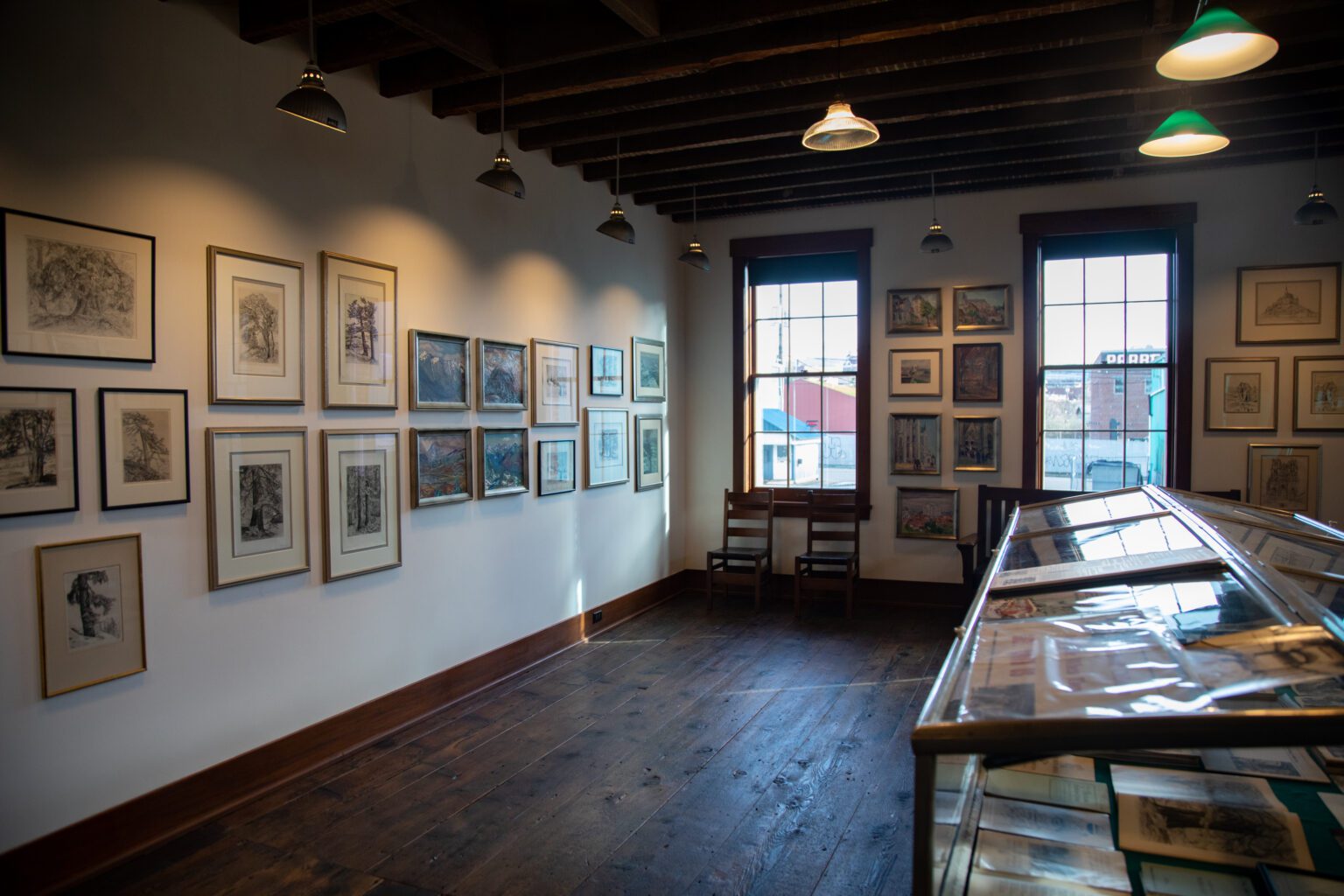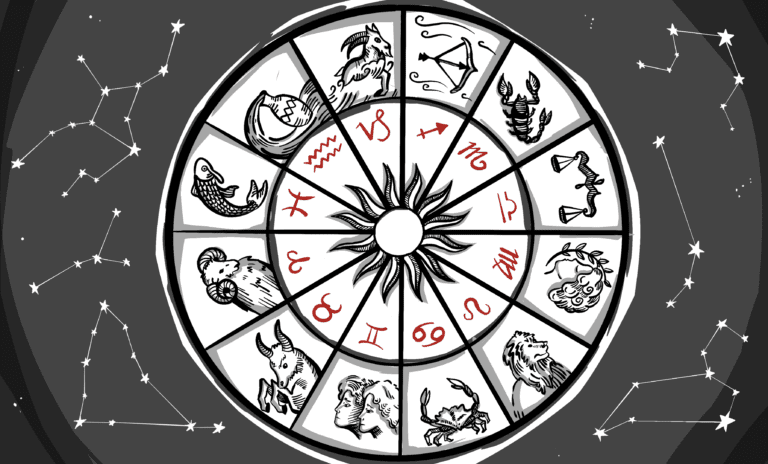Off the tail end of Holly Street, tucked away between the Lighthouse Mission and the former recycling center run by Parberry Inc., sits an unassuming brick building with thin metal doors nearly as tall as the structure itself. Two large front windows glimmer with electric candlelight, letting passersby know the space isn’t abandoned.
Those who come closer to 1308 E St. will find a weathered plaque informing them the former Territorial Courthouse has been designated a Washington State Historic Place. Below, much newer signage declares the space is currently The Helen Loggie Museum of Art, or The Loggie.

Fans of Loggie, a lauded Bellingham-born painter, printmaker and drawer who dedicated her life to her craft, will want to book a tour to see what’s inside the recently renovated space, which was built in 1858 and has since been deemed the oldest surviving brick building in Washington state. It’s also on the National Register of Historic Places.
Aside from the fascinating backstory of the structure itself — it was built as a warehouse during the Fraser Gold Rush but has served multiple roles in the many decades since, including stints as a courthouse, jail and taxidermy business — the eye-catching array of Loggie’s works also help bring history alive.
On a recent Thursday afternoon, tour guide Heidi Wassan said before Brad Parberry purchased the property in 2019, it had been owned by the Whatcom County Historical Society. When Parberry acquired it, his vision was to restore the building to its original condition and transform it into a museum featuring Loggie’s art, which he began collecting in high school after working for her as a teenager.
The etchings, drawings, oils and pastels on display also include Loggie’s works acquired by Parberry from the former Lambiel Museum on Orcas Island — Loggie’s on-and-off home starting in the 1930s, and the inspiration for much of her nature-inspired subject matter such as trees and coastlines.

“So far the people who have come have Loggie works of their own and are pretty familiar with her,” Wassan said. “They want to come and absorb it.”
Although there aren’t currently regular hours to view the art and assorted memorabilia, Wassan said the vision is to eventually have the museum open to the public on a drop-in basis. For now, though, those who want to get a peek at Loggie’s meticulously detailed works need to make an appointment with Wassan.
If you go, spend time absorbing the amazing art, which is separated according to periods of Loggie’s life, from her years studying at the Art Students League of New York (1916–1924) to her travels through Italy and France, to the decades she spent on Orcas. Visitors will also find a section of pieces focused on the Whatcom Falls Mill, where her father was one of the owners.
Wassan encourages visitors to look at the works and imagine what it took to make them.

“Her drawings are just incredible,” Wassan said. “Get up close and look at the detail and the precision. One of the things I’ve read that are really special about her drawings is she didn’t really do shading. She used different widths and a pencil and the heaviness of the lines to make the gradation and perspective. You don’t see a lot of shading, but you sure see the depth.”
After you’ve soaked up Loggie’s masterworks and gleaned more knowledge about the dedication it took to create them, don’t miss a visit downstairs, which is currently housing stacks upon stacks of historic newspapers including The Bellingham Herald and Bellingham Reveille.
Wassan said these papers are what caused her to connect with Parberry. After a city pipe main burst and flooded the basement during last year’s freezing temperatures, she came in to help save the newspapers that had gotten wet during the flood. It took her from March to May, but not one was lost.

On one page of an 1880s-era Herald, headlines such as Loss of Life Confined to Poorer Districts, Fire Sweeps Business Region and Lack of Water Gives Fire Headway, indicate the news could just as well be happening today. In a later issue she restored, Wassan said, she found her own birth announcement.
“It’s interesting noting the different time periods,”
Wassan said, thumbing through an issue of the Reveille.
“It’s so fun to read through these, but bittersweet. Thinking, oh, I remember that store or how much was going on in town. But other things, it’s really not that different.”
The Loggie Museum at 1308 E St. is open by reservation only. There is no charge for a tour, and a maximum of 12 guests are allowed at a time. Info: theloggie.org.




